How modders and veterans created Squad, a military sim like no other
A shooter that rewards teamwork on a massive scale.
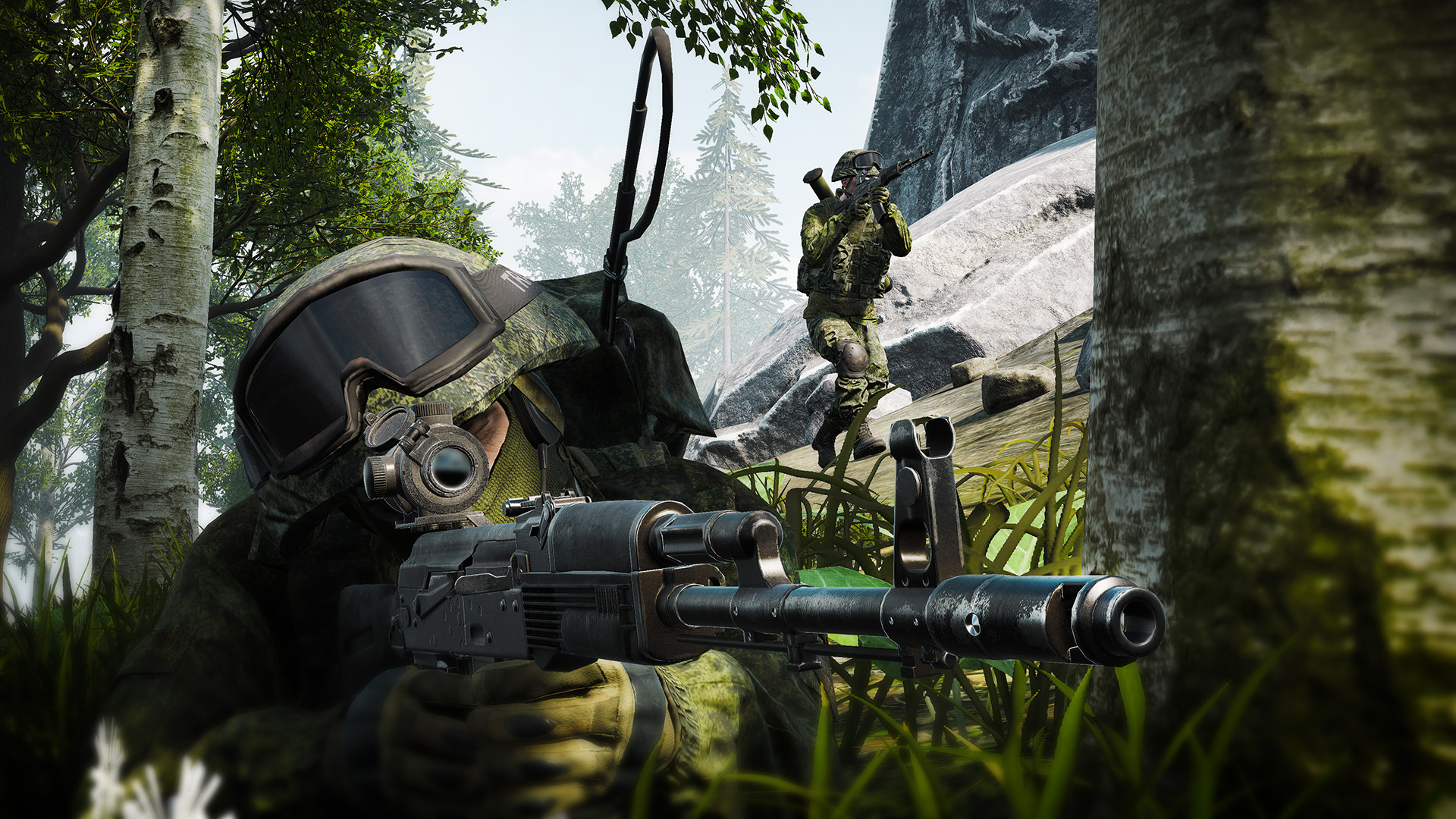
Teamwork is a hard thing to pull off in a competitive military FPS. In Battlefield, a friend with an ammo bag or medic kit is nice to have around, but ultimately unnecessary when lives are brief and you can simply start fresh with a respawn. In Rainbow Six Siege, teamwork means providing intel with surveillance cameras or synergising your gadget with another. In Call of Duty, it means... well, not a whole lot. This is by design—coordination in shooters ranges from a nice bonus in a game ultimately decided by individual skill, to a compelling but highly gamified act that lays out clear combos between player abilities.
That is not how Squad, a tactical FPS soon leaving Early Access after years on Steam, sees teamwork. Squad is about being a cog in a grand machine. Matches are long, two-hour struggles over territory where you don’t know if you’re winning until it’s over. Teams are spread across the kilometres-wide map working towards different goals. Maps are so big, in fact, that it’s common to chat with someone at the main base in the staging phase and then not see them again for the rest of the match.
Squad’s sheer scale is a crucial factor in what makes organisation and coordination paramount. You can’t just respawn on a squadmate or at a captured objective. Squad leaders have to construct FOBs (forward operating bases) for the team to use. Because efficient redeployment is so powerful, strategic FOB placement is hugely important. They need to be close to the action, but difficult to access for enemies.
Bullet drop
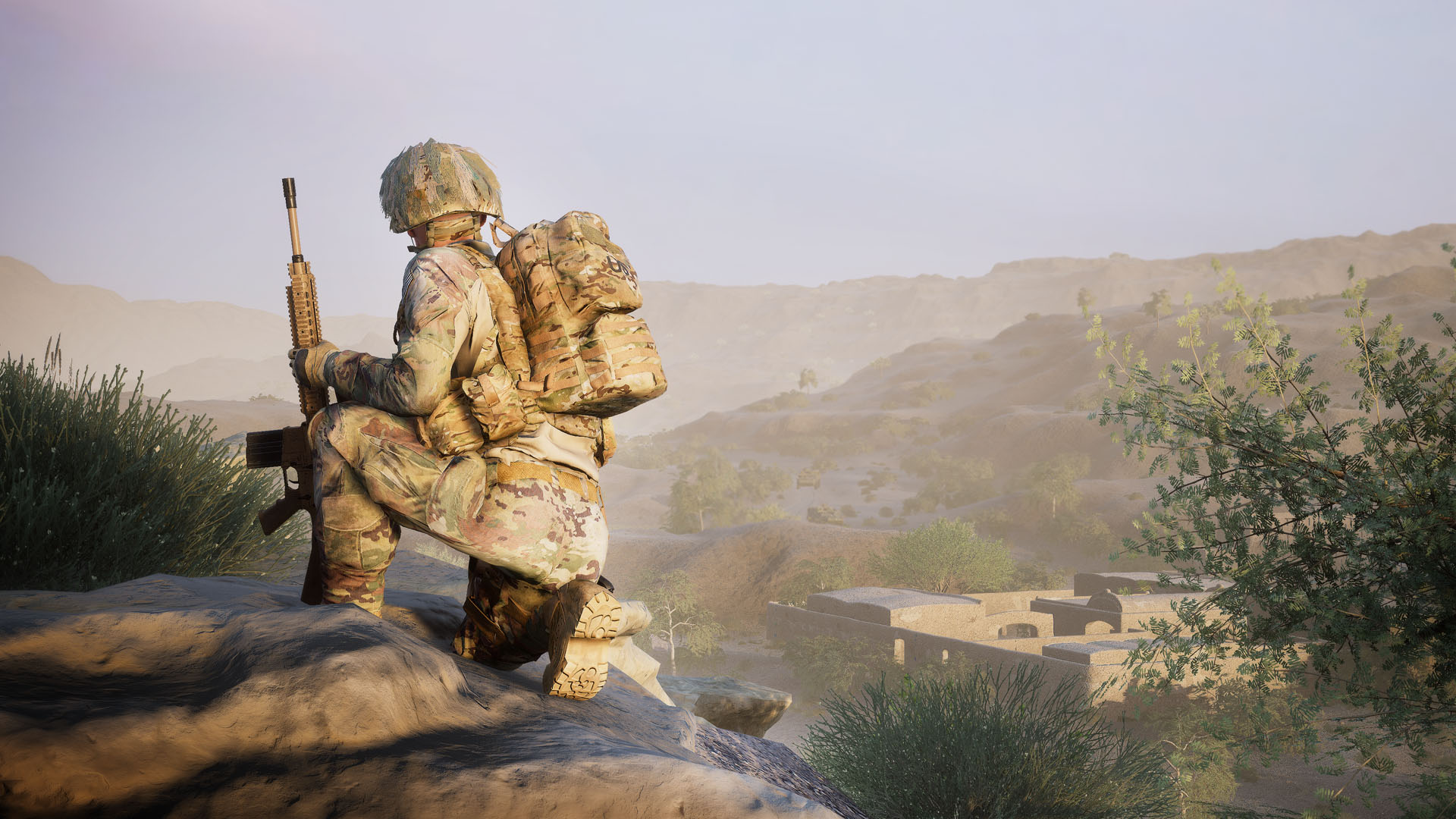
One time my squad leader decided to hunker down at an important FOB and make it our job to defend it. We built sandbag barricades, constructed machine-gun nests, set up ladders to access the rooftops, and placed barbed wire at our weakest flanks. You don’t get ammo just for respawning in Squad, so we had to regularly replenish our stockpile by making runs back to the main base. If we didn’t, medics would soon run out of bandages, our anti-tank soldiers couldn’t do their job, and even basic ammo would eventually dry up. I volunteered to drive the truck.
I spent the next hour as a full-time delivery driver, driving back and forth for ammo, building supplies and chatting with my squadmates upon return. The whole time I didn’t see a moment of combat. It might sound boring, or like I wasn’t even really participating in the match, but it was actually deeply satisfying. The fight was literally miles to my north, but I was still helping in a major way. Our squad was even praised by passerby teammates for keeping them well-stocked, and thanks to our hard work we eventually managed to outlast the enemy.
That’s the feeling that Squad nails: the satisfaction of being a small part of something greater. Winning a match is as much about smart planning and logistics as it is about shooting. That takes a lot of people willing to do a lot of different things.
As a medic, the role I play most often, I have completely different priorities when a fight breaks out than a rifleman. While squadmates are scanning the horizon looking for the source of a shot, I’m building a strategy for how to reach and revive nearby teammates without losing my head. If their body is lying on a street or in an open plain, that usually means minutes of careful crawling, sticking to dark corners and bushes.
The biggest gaming news, reviews and hardware deals
Keep up to date with the most important stories and the best deals, as picked by the PC Gamer team.
Pivotal to the framework of Squad are the limitations on what you can do as an individual. There’s nothing keeping you from ignoring your team and playing it like a lone wolf. But without backup, a lone rifleman is helpless against vehicles, can’t build a new spawn point, and can’t even heal their own wounds. Everything that’s worth doing in Squad takes a group effort. A single sharpshooter doesn’t make much of an impact when the game is truly decided by reviving teammates and smartly choosing when to attack or defend.
So many shooters build their experiences around opportunities to be a hero. I never feel like a hero in Squad, but I do feel something better: immense pride for what we accomplished as a unit. Victory would have been impossible if our squad leader hadn’t led, our mortar strikes weren’t pinpoint accurate, and I hadn’t patched up our wounds.
As I look at the post-match scoreboard, I see the rest of our team and wonder about the stories they could tell from their perspectives. A ruthless hour of fighting over a city block for me might’ve been another squad’s stealth mission hunting down enemy FOBs miles away. Squad understands what a battle really feels like. It’s messy, loud, and full of uncertainty. The best you can do is listen to your leader and hope they’re steering toward steady waters.
Reality check

Squad stands out as the FPS doing the most to reward coordination and teamwork on a massive scale, but many of its concepts and mechanics come from the Battlefield 2 mod that preceded it: Project Reality.
Released in 2005 only a month after BF2’s launch, Project Reality attracted a niche audience looking for the emphasis on strategy they couldn’t find elsewhere.
That audience also included those actively serving in the military, like Dustin Ross, who works at Squad developer Offworld Industries as director of customer experience.
When Ross first discovered Project Reality in 2006, he was stationed at Camp Pendleton in California. In his off time he’d make the 12-mile trek to an internet cafe to play Project Reality. PR’s mechanics and communication tools created scenarios that closely resembled how he interacted with his real-life squadmates.
“It was really [PR’s] social interactions, camaraderie, teamwork, and voice comms that made it resonate with someone who was actively in the military versus an arcade shooter where it’s more oriented around individual success,” Ross says.
Squad producer Norbert Rothermel, who served in the German Armed Forces, loved Project Reality because it enabled a measured playstyle that wasn’t compatible with traditional shooters. He recalled playing Counter-Strike with friends in the barracks and butting heads with how the game wanted him to play.
“We would play different from how a normal Counter-Strike player would play. They’d play how they’d most likely win the game, but since we were all together in the barracks, we’d focus so much on the teamwork. Then when I discovered PR, I found that it rewarded the ways we had already been playing as military members,” Rothermel says.
Project Reality grew over the years into a collaborative super mod with over 50 maps, 20 factions, and hundreds of simulated weapons. It’s impressive even now, but its technical ties to Battlefield 2 meant it could only evolve so far.
In 2014 a small group of developers from the original mod began work on Squad as Offworld Industries. They wanted to take the clever concepts of Project Reality and make their own commercial product using Unreal Engine 4.
In 2015 the team launched a successful Kickstarter campaign and raised the impressive sum of $434,805 CAD, which was over twice their $184,000 CAD funding goal.
Battle tested
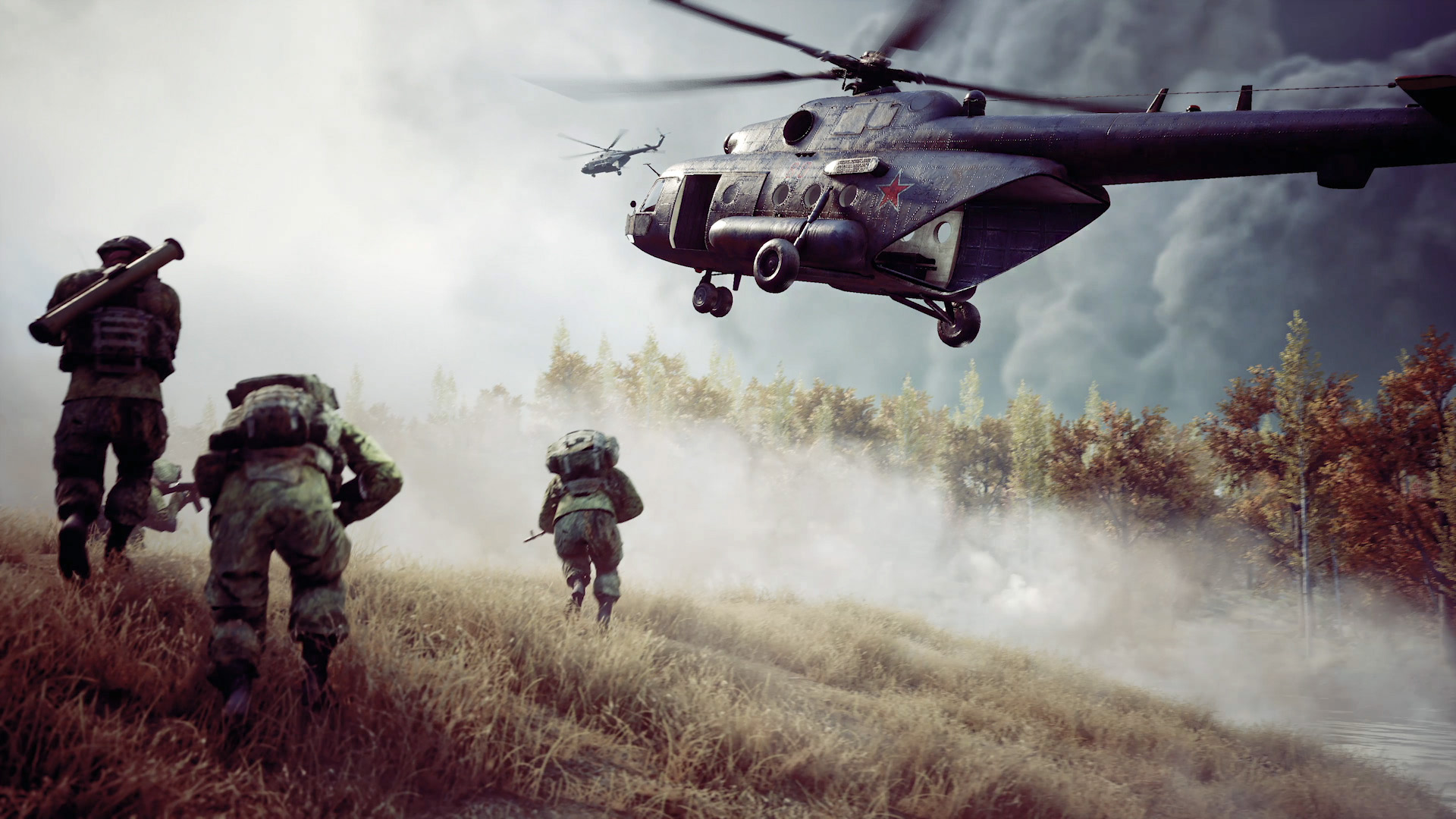
Ross joined early in Squad’s development as the project’s military consultant. After a few months of consulting he transitioned to game designer. Ross had no formal experience in the game industry, but for a project like Squad, his expertise was the perfect fit.
“The technical side of military advising isn’t really useful nowadays. Most people can go find the max effective range of an M16 rifle on the internet. What [Offworld] was interested in was that I could take the overarching ideas and philosophies of the military and soldier interactions and apply them to gameplay,” he says. “That’s where I think the military side really started coming into play to make Squad what it is today.”
During test sessions Ross would be brought in to make sure the game still felt like the simulation they were going for. His perspective was useful when developing Squad’s sound effects, particularly the crackling of a near-miss bullet whizzing by your head. He recalled to me the day he first tested the sounds and had a visceral reaction. “That was the first time since I’d been back [from service] that a videogame made me flinch,” Ross says.
He let the team know that they definitely gotten the sound right, but “a little too right, maybe”. He’s bang on—I’ve never been more afraid of getting shot at than in Squad. Whereas other shooters simulate suppression by blurring your vision or reducing accuracy, in Squad it works simply through overwhelming noise and a tunnel vision effect. Fighting through the noise and firing back at enemies is its own skill (one that I’m still bad at).
Ross’ military insights also directly influenced Squad’s map design. He was able to point out when sightlines didn’t feel right or the layouts didn’t feel appropriate for military operation. Offworld VP of publishing Chris Greig (who worked on Squad as a designer in its early days), remembers talking with Ross about small details that made a big difference, like the width of a map’s roads. “[Ross] talked about how treacherous it was to take a vehicle down some roadways. He described there being a wall so close on either side [of the vehicle] that you couldn’t open the doors. And I was like ‘great, that’s very important information!’.”
As a result Squad’s maps are incredibly true to the locations they depict. Forests are dense with trees and shrubbery while cities flank the sky with explorable buildings and narrow alleys. Like a real-life patrolling squad, moving out in the open is inherently dangerous. This is especially true in cities where there are too many windows to cover.
Real talk
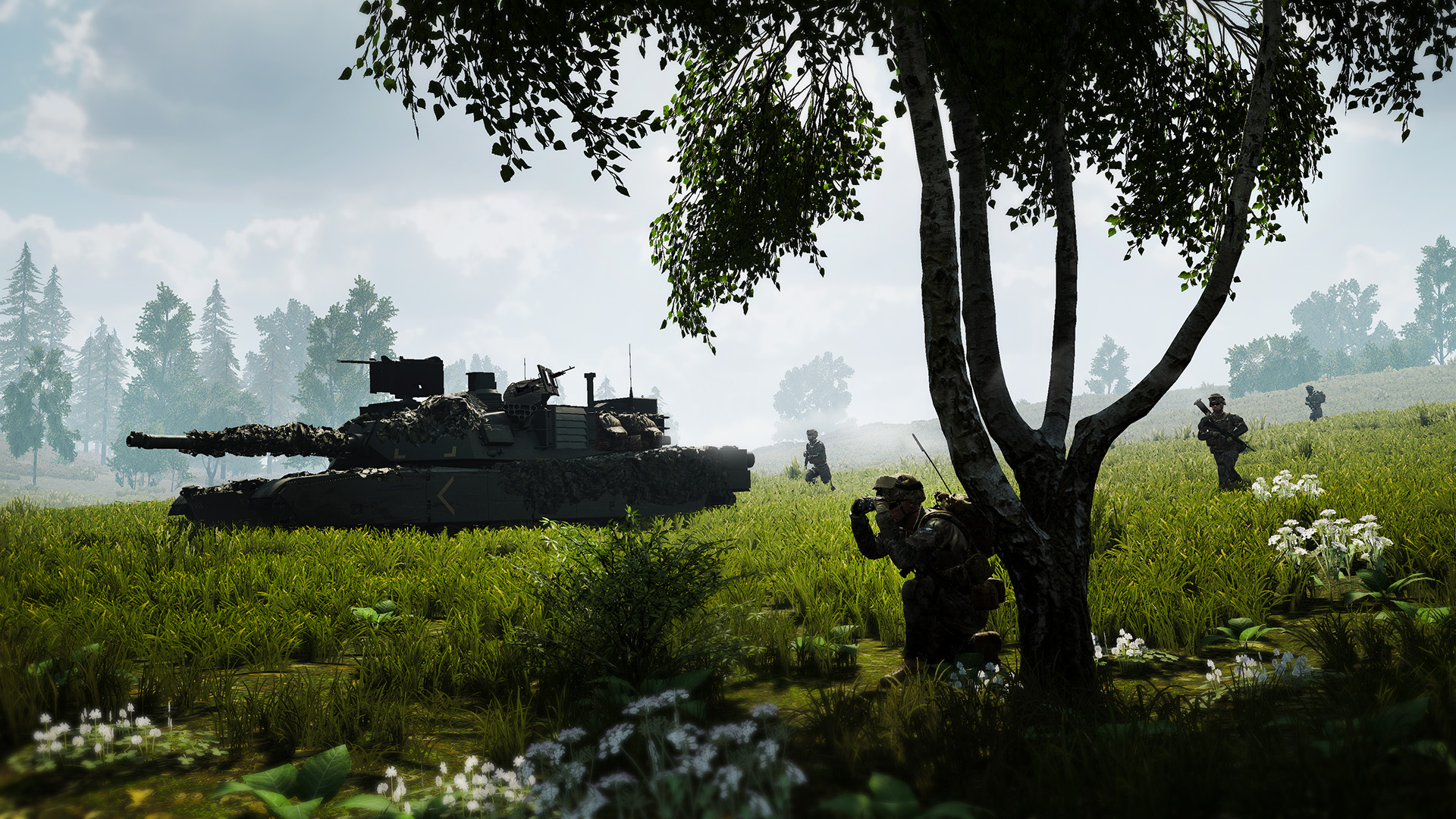
In a shooter that pushes authenticity at its core, at what point does realism get in the way of making a better game? It’s a common discussion at Offworld Industries that continues today. By and large Squad’s mechanics skew toward simulation. Weapons bounce with appropriate recoil, bullets penetrate walls, and the backblast of an RPG can kill a teammate if you’re not careful. But Squad also makes lots of small concessions to ‘video-gameyness’ in favour of usability. Your map, for instance, has a full view of every teammate’s location. Healing bullet wounds is reduced to a medic holding left click to raise your HP.
For Offworld ‘realism’ doesn’t just mean simulating reality in every aspect. “We’re always more concerned with player behaviour than technical realism,” Ross told me. “If we’re trying to drive a realistic behaviour and create an authentic combat experience, we will do unrealistic things.” Ross used the medic role as an example of this. Even if treating wounds takes a lot more in real life than just applying a bandage, the way the class is balanced pushes me into realistic scenarios. Simplifying the design makes the action more fluid while achieving the role-play and storytelling that Offworld is going for.
Authenticity doesn’t always lend itself to balance, though. Every faction has completely different weapons that aren’t created equal. On some maps one team plays the well-equipped US Army while the other plays a fictional insurgent group. As an insurgent medic my gun has no sight. I have no chance against a far-off enemy with an ACOG scope. Despite the disparity Offworld maintains a relative balance by restricting the faction to maps with plenty of close combat-friendly areas.
Squad goals
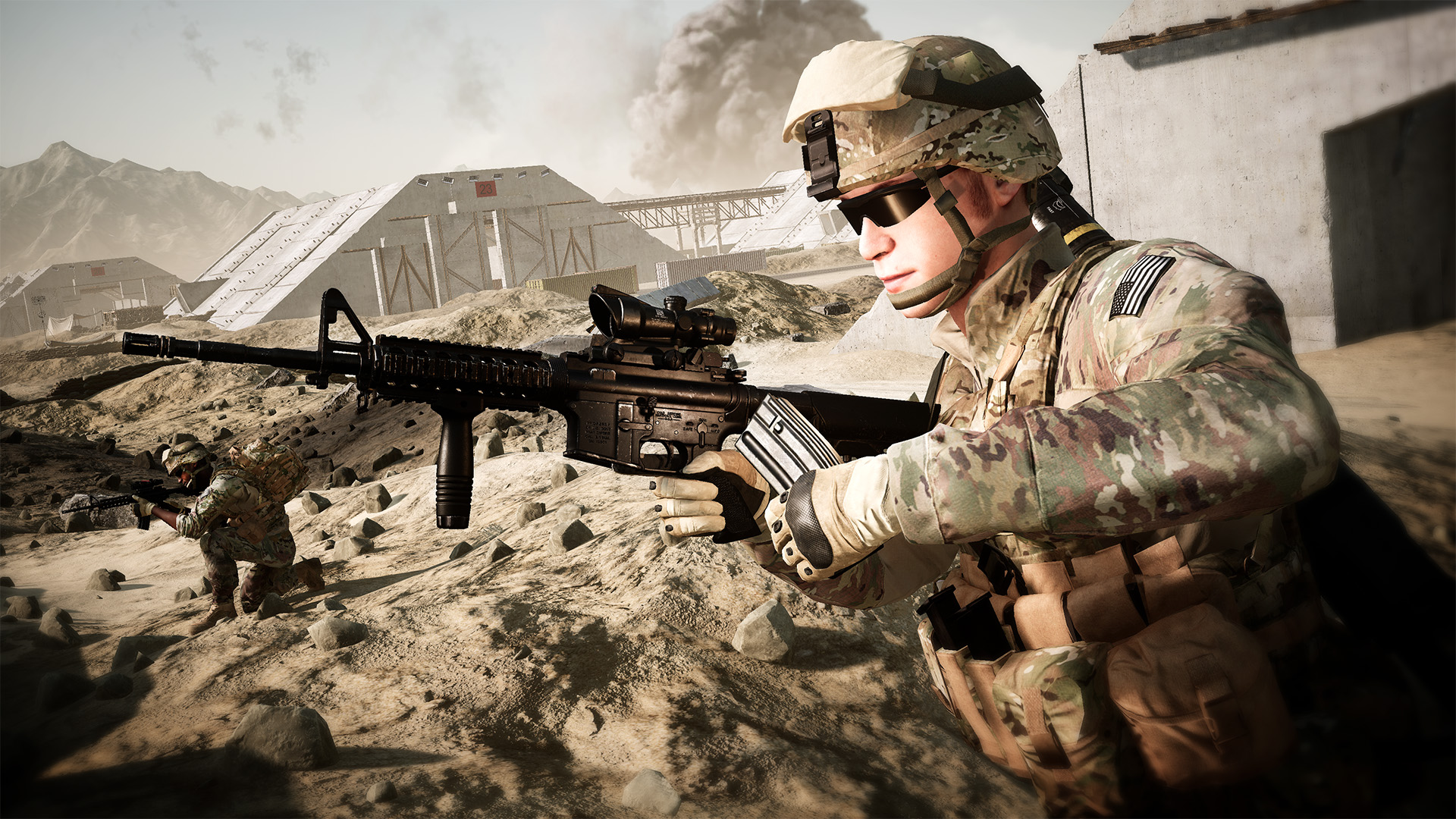
Squad has been a big success for Offworld during its life in Early Access. Over four years new factions, weapons, vehicles, maps, and modes have bolstered the game’s depth. Today Squad is closer than ever to Offworld’s original vision for a standalone Project Reality. As I spoke with the team in October, they had just released a big update that adds helicopters to select maps.
The question of when to end Squad’s Early Access period is more spiritual than technical. “We set ourselves a line of goals back when we did the Kickstarter campaign that basically says ‘This is the product that we want to develop. If we have all of this in, then we consider it complete’. That vision still holds up,” Rothermel says. The last things on that list include the commander role (a new class that can order airstrikes and scout enemy territory with a drone) and 100-player servers. There’s no official date, but Rothermel expects that by the time you’re reading this, these goals will have been met and Squad will officially be out.
Though, that doesn’t mean the end of new Squad content. Rothermel assured me that there’s still an “extensive plan” to continue development after launch. Part of that plan is continued support of the official Squad SDK, which anyone can download for free. With the SDK, modders can create new maps, modes, and even implement AI (with limitations). As a studio founded by modders support for community content is a focus for the company going forward. Soon Offworld will allow officially licensed servers to run mods endorsed by the developer. In an increasingly rare move for games in 2019, post-launch support will come with zero monetary strings attached. Offworld has no plans to introduce microtransactions or other paid DLC to Squad.
Further under the hood Offworld is hard at work rebuilding Squad’s code base. The complete engine refresh, called Core, was described to me as “Squad engine 2.0”. Core incorporates new techniques and wisdoms learned after years of working with their own tools. Squad itself will benefit from Core, but its main purpose is as a framework that Offworld can licence out to other developers in the future. Greig aspires to make Core the “best framework for an FPS that exists in the industry”. His team will work with developers to implement Core and guide them to their game’s release. The relationship described to me sounds like somewhere between publisher and co-developer. Last year Greig’s team tested this concept with Post Scriptum, a WWII FPS made by Periscope Games using Squad’s engine and published under Offworld. “We contributed our framework, our code, a lot of our assets and our marketing. As opposed to just publishing, we actually helped them construct their dream,” Greig says. He describes his unique publishing division as “a bigger piece of what OWI wants to evolve into”.
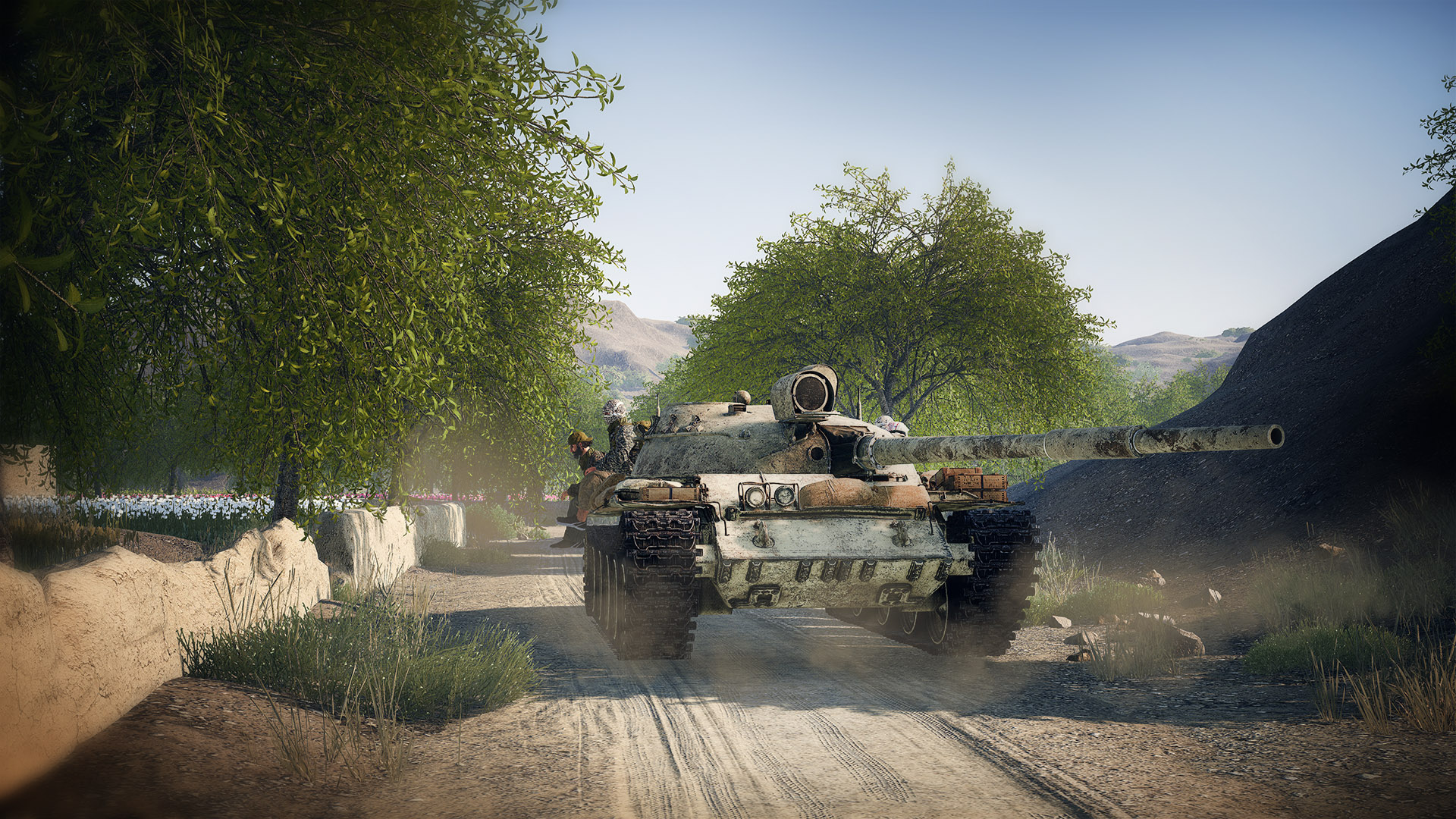
Core is still a few years down the road, but Offworld is certainly staying busy with Squad. And that’s good, because there’s still plenty of room to add new features and squash those remaining bugs that occasionally pull me out of the moment. Beyond its own contributions Offworld sees a lot of potential for modders to help the game live on for years, just as they did with Project Reality over a decade ago. You can already play a Starship Troopers mod that turns the game into PvE survival against an army of giant bugs. That’s cool, but I’m really here for what Squad already is—an exercise in skill, coordination, and teamwork on a massive scale. I crave the chaotic gunfights and social interactions that add emotional stakes to every minute.
Playing Squad is like trying to force a miracle into existence. Sometimes that doesn’t happen, but win or lose, it’s one hell of a ride.
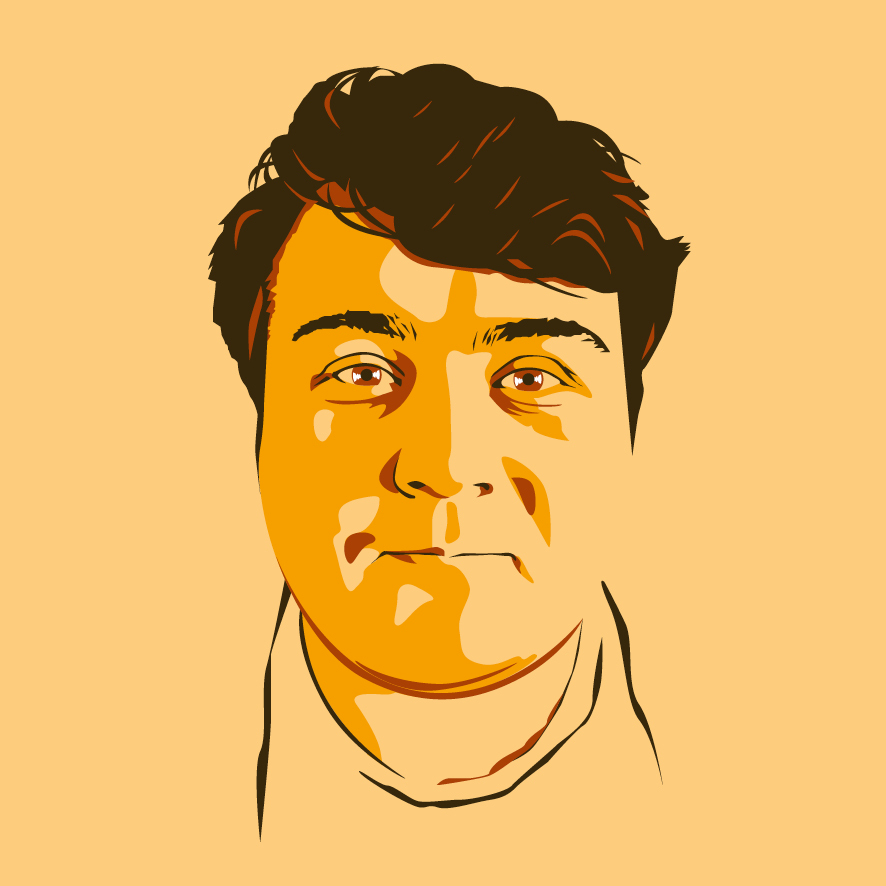
Morgan has been writing for PC Gamer since 2018, first as a freelancer and currently as a staff writer. He has also appeared on Polygon, Kotaku, Fanbyte, and PCGamesN. Before freelancing, he spent most of high school and all of college writing at small gaming sites that didn't pay him. He's very happy to have a real job now. Morgan is a beat writer following the latest and greatest shooters and the communities that play them. He also writes general news, reviews, features, the occasional guide, and bad jokes in Slack. Twist his arm, and he'll even write about a boring strategy game. Please don't, though.

